Gibson SG vs Gibson Les Paul: what's the difference between these Gibson heavyweights?
Not sure which iconic Gibson model is for you? Allow us to unpack the history, players and tones of the legendary Les Paul and SG to help you decide once and for all
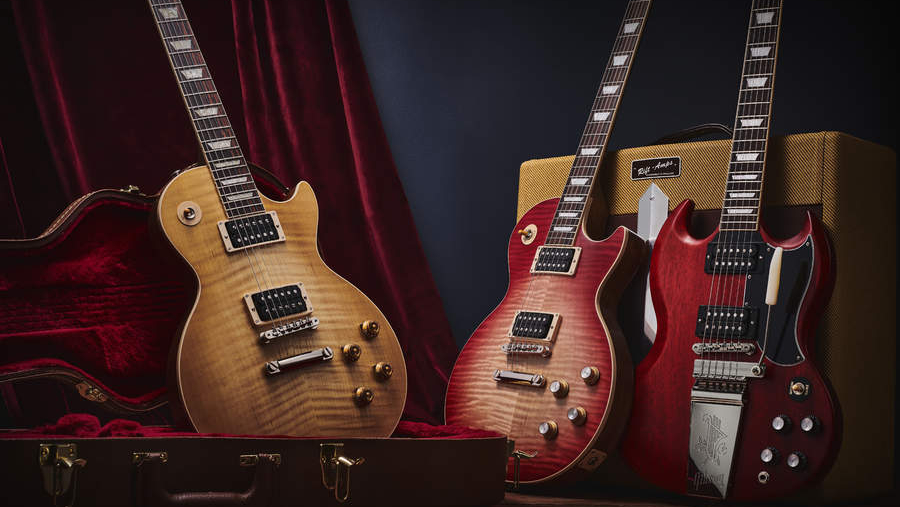
For many, Gibson guitars are the epitome of rock 'n' roll. From their drop-dead gorgeous looks, gut-punching tone and effortless playability, these guitars are as much a part of the genre as leather jackets, questionable tattoos and too much drinking. Of course, Gibson has many iconic models in their diverse catalog, from the punk-ready Junior to the bluesy ES-335. Still, no models are quite as legendary as the formidable Les Paul and the devilish SG.
Now, while it's fair to say that this duo of guitars are two sides of the same Gibson-shaped coin, they do offer their own unique spin on the dual humbucker formula you've come to expect from the Nashville guitar titan. One is a flamed-topped beauty that's often found slung low from the shoulder of full-time guitar hero and part-time top hat collector Slash, while the other is a handsome collection of bevels and contours that has become synonymous with the world's oldest schoolboy and certified rock god, Angus Young.
So, with that in mind, if you've ever thought to yourself, "Gibson SG vs Gibson Les Paul: what's the difference?" You're in luck, as we're here to walk you through the main distinctions between each model and their remarkable history – we'll even give you some handy buying advice if you fancy picking one up for yourself.
So, without further ado, let's dive into the Les Paul and SG and see which is the suitable model for you.
Gibson SG vs Gibson Les Paul: At a glance
Les Paul Standard '60s
- Body Material: Mahogany
- Top: AA Flame Maple
- Neck: Mahogany
- Fingerboard: Rosewood
- Radius: 12"
- Inlays: Acrylic Trapezoids
- Pickups: Burstbucker 61R/61T
- Weight Relief: None
- Tuning Machines: Grover Rotomatics w/ Kidney Buttons
- Finish: Gloss Nitrocellulose Lacquer
- Find out more: Gibson
SG Standard '61
- Body Material: Mahogany
- Top: N/A
- Neck: Mahogany
- Fingerboard: Rosewood
- Radius: 12"
- Inlays: Acrylic Trapezoids
- Pickups: 60's Bustbuckers
- Weight Relief: N/A
- Tuning Machines: Vintage Deluxe with Keystone Buttons
- Finish: Gloss Nitrocellulose Lacquer
- Find out more: Gibson
Gibson SG vs Gibson Les Paul: A brief history
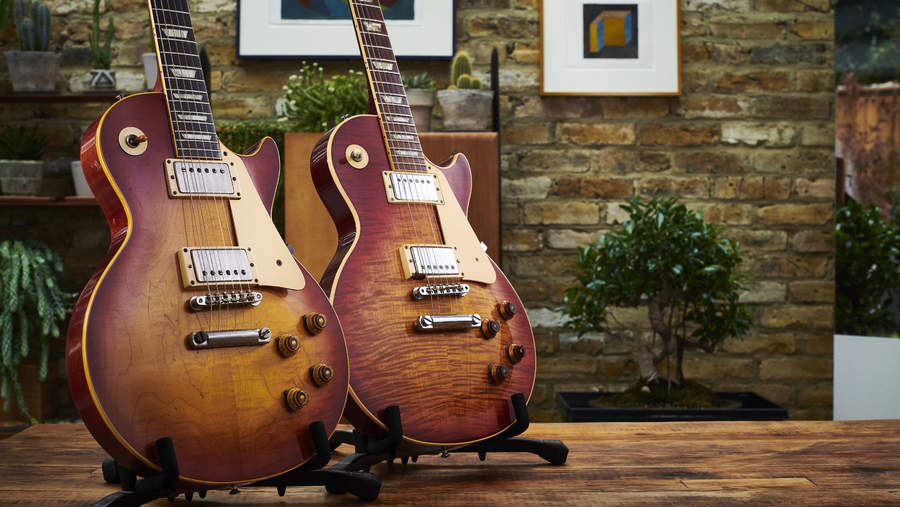
We'd go as far as to say that no two electric guitar models have their history so intertwined as the SG and the Les Paul – for a start, they were one and the same for a brief period of time. Before we jump ahead of ourselves, let's start at the beginning.
The first official Les Paul Model was unveiled in 1952 and is widely credited as a collaboration between three very influential people in the wide world of electric guitars – Gibson President Ted McCarty, Vice President John Huis, and, of course, Les Paul.
Despite being released over 70 years ago, the original version of the Les Paul didn't look too dissimilar to the one we all know and love today. This early example still featured the mahogany body, maple cap and mahogany neck we'd expect. Still, this version featured a trapeze tailpiece instead of the familiar bridge we're used to and a pair of P-90 pickups. It wouldn't be until 1957 that the Les Paul would get its trademark humbucking pickups and Tune-O-Matic bridge and tailpiece.
Get The Pick Newsletter
All the latest guitar news, interviews, lessons, reviews, deals and more, direct to your inbox!
Gibson would continue to rework and refine the Les Paul over the next few years, but unfortunately, the model just wasn't selling as well as they had hoped – something that's incomprehensible from our modern viewpoint.
In '61, Gibson made the radical decision to completely redesign the LP from the ground up, transforming their singlecut staple into the devil-horned double-cutaway guitar we now call the SG. The guitar was a hit and Gibson now had a formidable foe to the Stratocaster, which had become exceptionally popular in recent years. That said, not everyone was a fan of Gibson's new poster child.
Despite still bearing the Les Paul moniker, Les wasn't that enamored with this pointy new axe and the redesigned Les Paul would eventually get a name change in 1963. From this point on, this guitar would be known as the "SG" – which stands for solid guitar.
The SG is the only Gibson guitar to never be out of production since its debut and has become Gibson's most popular model by quite some margin. The Les Paul, on the other hand, was reintroduced to the Gibson line-up in 1968 and continues to be one the most recognizable six-strings to ever exist.
Gibson SG vs Gibson Les Paul: Notable players

Both the Les Paul and SG share a diverse range of famous devotees. The Les Paul has found favor with everyone from Slash to Billy Gibbons, Zakk Wylde to Peter Green, Matt Heafy, Jared James Nichols and so many more.
Whether it's classic rock, the blues, or high-octane modern metal, the Les Paul's rich tone and near-infinite sustain allow it to adapt to any genre.
Similarly, the SG has just as impressive a range of fans as the LP. From the godfather of heavy metal, Tony Iommi to Sister Rosetta Tharpe, Frank Zappa and Brent Hinds, the SG's iconic mid-range bark works in just about any musical situation.
Gibson SG vs Gibson Les Paul: Differences
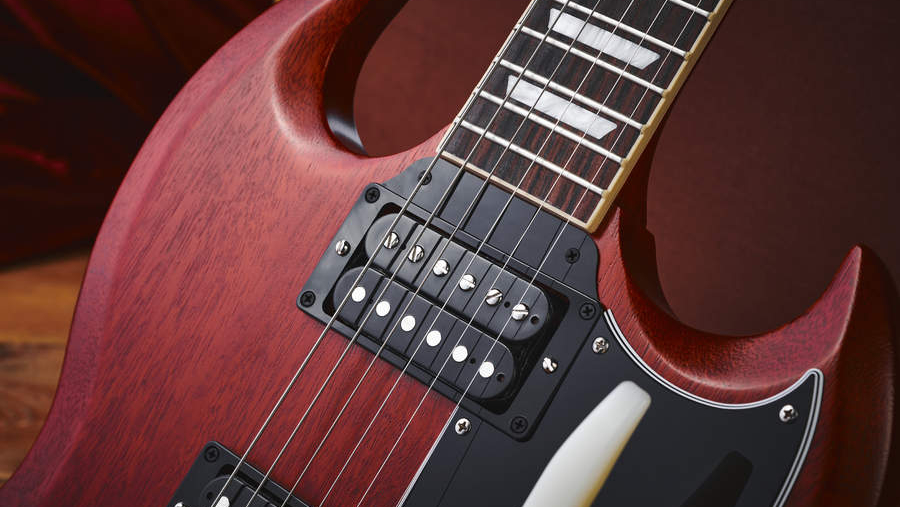
Okay, so let's finally get into the main points of difference between these two classic guitars, starting with the construction. Now, with these both being Gibson guitars, they actually share a lot of similar traits.
Each guitar features a mahogany body as its base. The Les Paul opts for a chunkier and flatter single-cutaway design, which is then topped with a piece of gorgeous flamed maple, giving the instrument its iconic look and infamous weight. Conversely, the SG shaves down the mahogany body with strategic contours, bevels and cutaways. This results in a much lighter and nimble guitar.
Apart from weight, the next biggest difference is upper fret access. Due to where the neck joins the body, the SG grants you access to all 22 frets with almost no obstructions. This can lead the SG to feel a little off-kilter, as though the neck is way longer than a normal Gibson. This is actually a misconception, as the SG keeps the standard 24.75" scale length found on the other models – it's the placement of the neck that causes this feeling. As the Les Paul is a single-cutaway guitar, the fret access is more limited, with most players needing to change their playing technique to reach notes above the 17th fret.
Tonally, these guitars do sound similar, with both being able to produce a vast array of tones. The Les Paul typically has a more rounded tone when compared to its pointy little brother, with its chunkier body helping to deliver more low-end and greater sustain. The Les Paul's full-frequency howl is the focal point of so many legendary records, and if that's the tone you're after, then there really is only one guitar that'll do that for you.
The SG has noticeably less low-end, but what it lacks in bass frequencies, it more than makes up for in mid-range bark. This guitar is fierce, focused and very present. Ideal for cutting through dense mixes, the SG has become very popular with players who need to be heard over hard-hitting drums, thunderous bass and a maxed-out rhythm guitar.
Gibson SG vs Gibson Les Paul: Buying advice
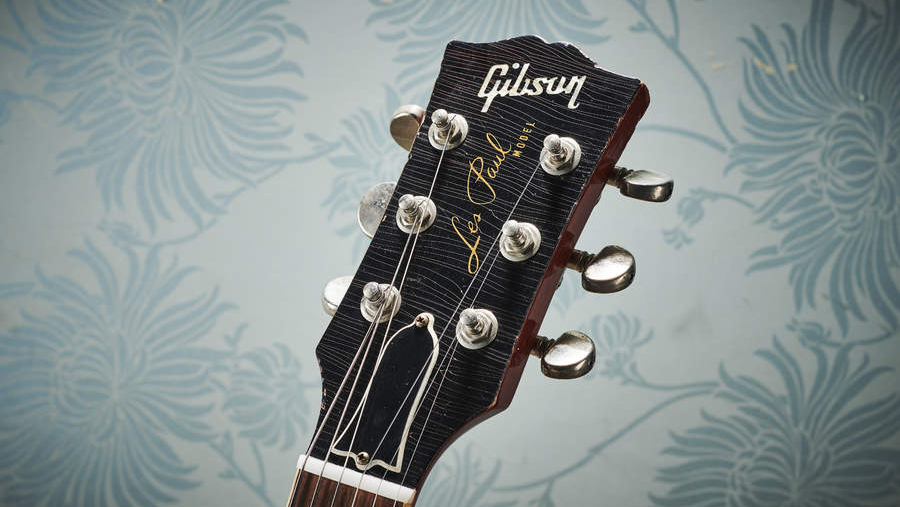
So, playability will arguably be the first and most important factor when deciding whether to go for a Les Paul or SG. Those looking for a lightweight alternative may naturally gravitate towards the SG, whereas players seeking a more substantial guitar will undoubtedly prefer the Les Paul.
Then there's the tone. If you are looking for a full-fat sound with plenty of body and sustain, then the LP is the guitar for you. Are you on the hunt for more presence and a pushed mid-range? Well, the SG is going to deliver.
Next, you'll want to decide what level of Gibson you need. The Gibson range can be broken down into a few key categories – Original, Modern, Exclusives and Custom Shop. Here's a quick overview of each.
Original: The Original Collection is where you'll find Gibson's period-inspired offerings from their USA factory. Now, while these guitars aren't entirely faithful to the instruments of Gibson's golden age, they are heavily inspired by them. Currently, Gibson is offering '50s, '60s and '70s inspired Les Pauls as well as a plethora of SG models, including a '61 reissue and a P-90 loaded SG Special.
Modern: The aptly named Modern Collection is where you'll find Gibson's more technologically advanced guitars. These models tend to have higher output pickups, modern weight relief and other contemporary features, bringing these classic designs up to date.
Exclusives: The Exclusive Collection consists of models that are exclusive to the Gibson site. These models can feature anything from different pickup options to unique finishes.
Custom Shop: The Custom Shop Collection is where you'll discover Gibson's high-end models. You'll find everything from top-of-the-line artist models to near-perfect clones of vintage guitars at this end of the catalog.
Gibson SG vs Gibson Les Paul: Recommendations
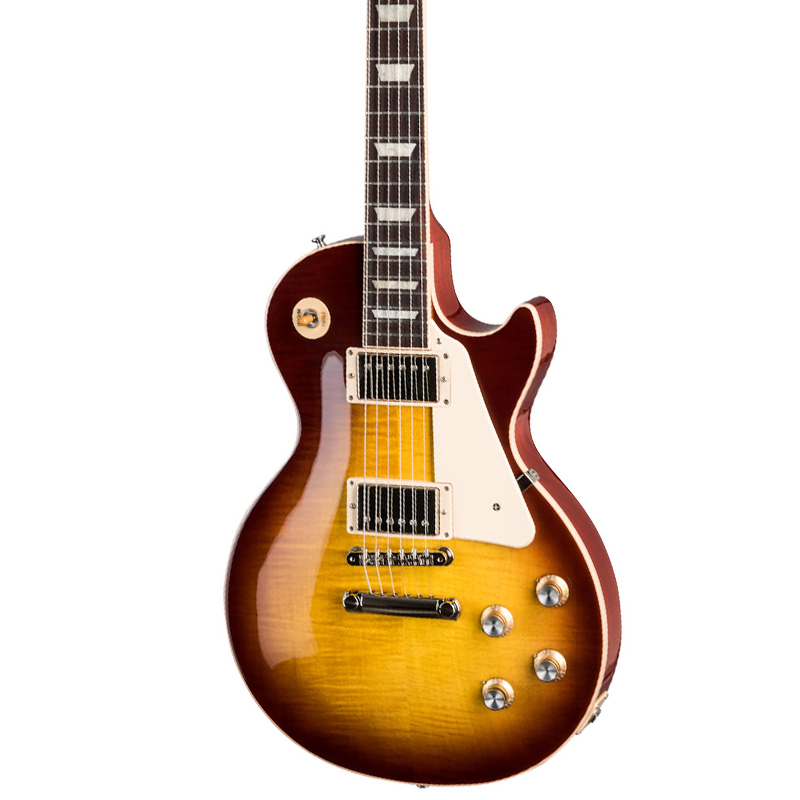
The Standard is Gibson's flagship Les Paul and arguably the most iconic. From its beautiful flame maple top, bound body, and mother of pearl Gibson logo this guitar looks ever bit as good as it sounds.
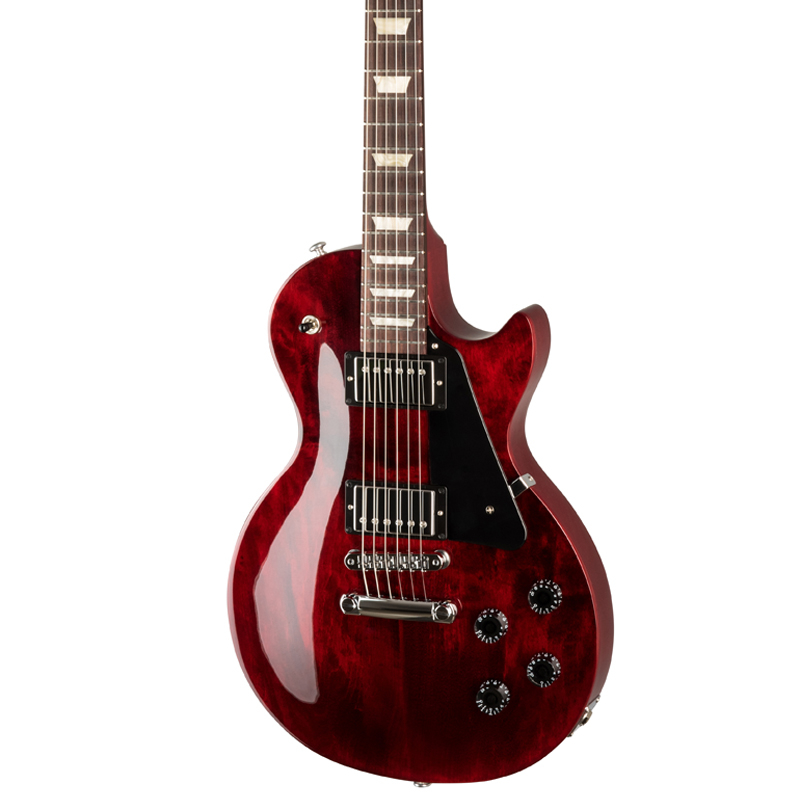
The term "studio" comes from the idea that no one cares what your guitar looks like in the recording studio, it's what it sounds like that matters - and this bare-bones guitar sounds like a Les Paul just at a more affordable price!
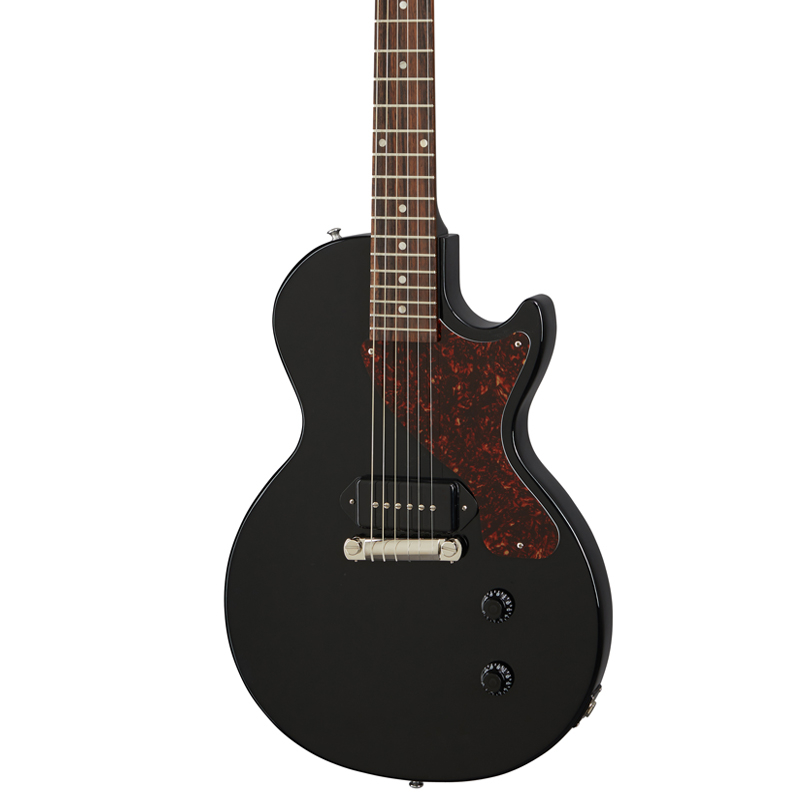
This no-nonsense guitar really is as simple as it gets. The single-cut mahogany body houses a solitary dogear P-90 pickup, single volume, and tone control, as well as a vintage-style nickel wraparound bridge - and it's the perfect punk rock machine!
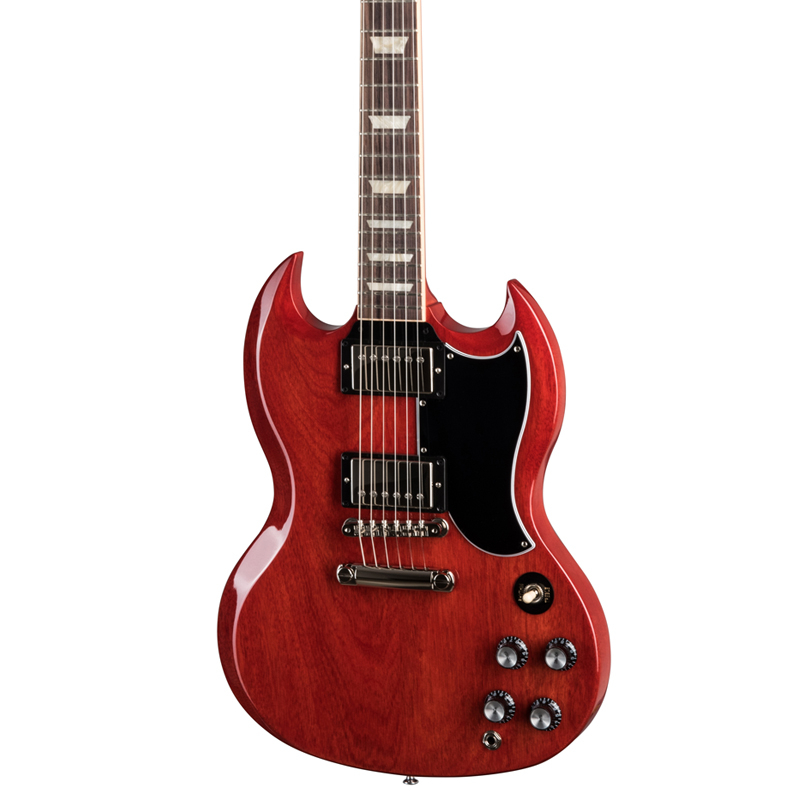
As you'd expect, the SG Standard '61 follows the tried and tested formula that made the original guitar so beloved. For us, the SlimTaper mahogany neck is a joy to play and the tone is second to none.
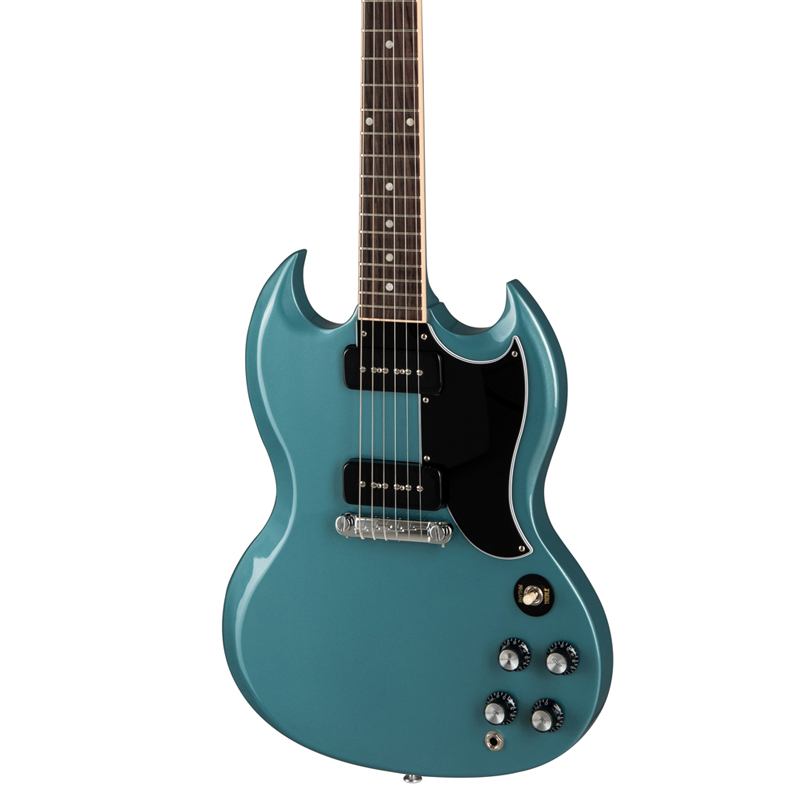
This dual P-90 classic from Gibson's distinctly retro Original Collection now comes in a choice of four '60s-style gloss nitrocellulose lacquer finishes – Faded Pelham Blue, Vintage Sparkling Burgundy, Vintage Cherry and Ebony.
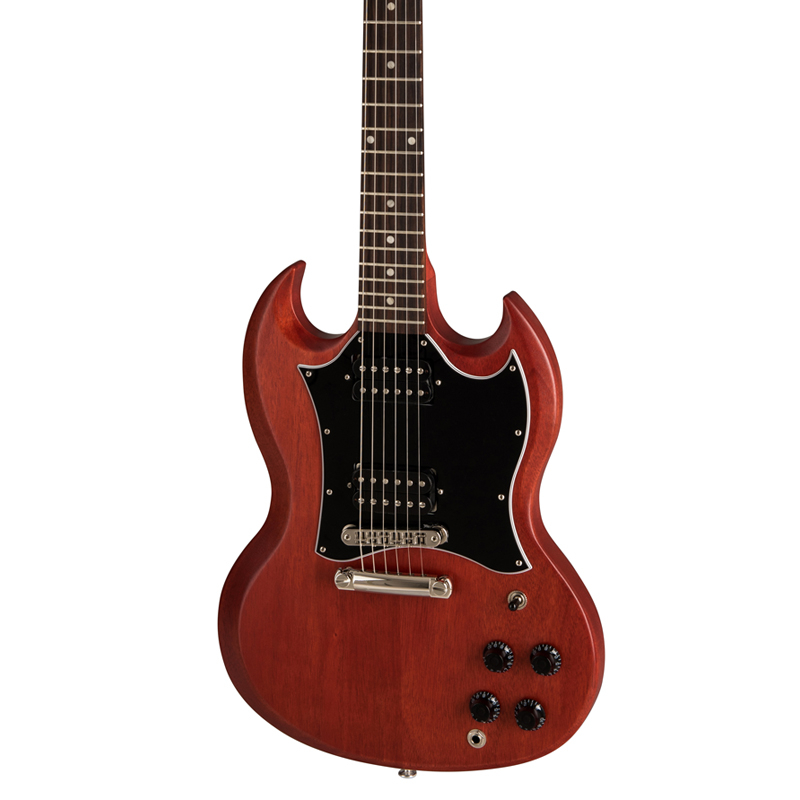
The SG Tribute from Gibson's Modern Collection delivers the huge rock tones you've come to expect from the SG, just at a more affordable price. Boasting open-coil 490R and 490T humbucking pickups, a maple neck and a satin nitrocellulose finish this SG is a steal at this price.
Want to learn more? Take a deep dive into more topics below
- Martin vs Taylor: Learn the difference between these two acoustic brands
- Fender Jazz Bass vs P-Bass: Get the low down on these low-end legends
- Big Muff vs Fuzz Face: Two pedal icons go head to head
- Active vs passive pickups: What’s the difference?
- Fender Pro Junior vs Blues Junior: Which amp should you buy
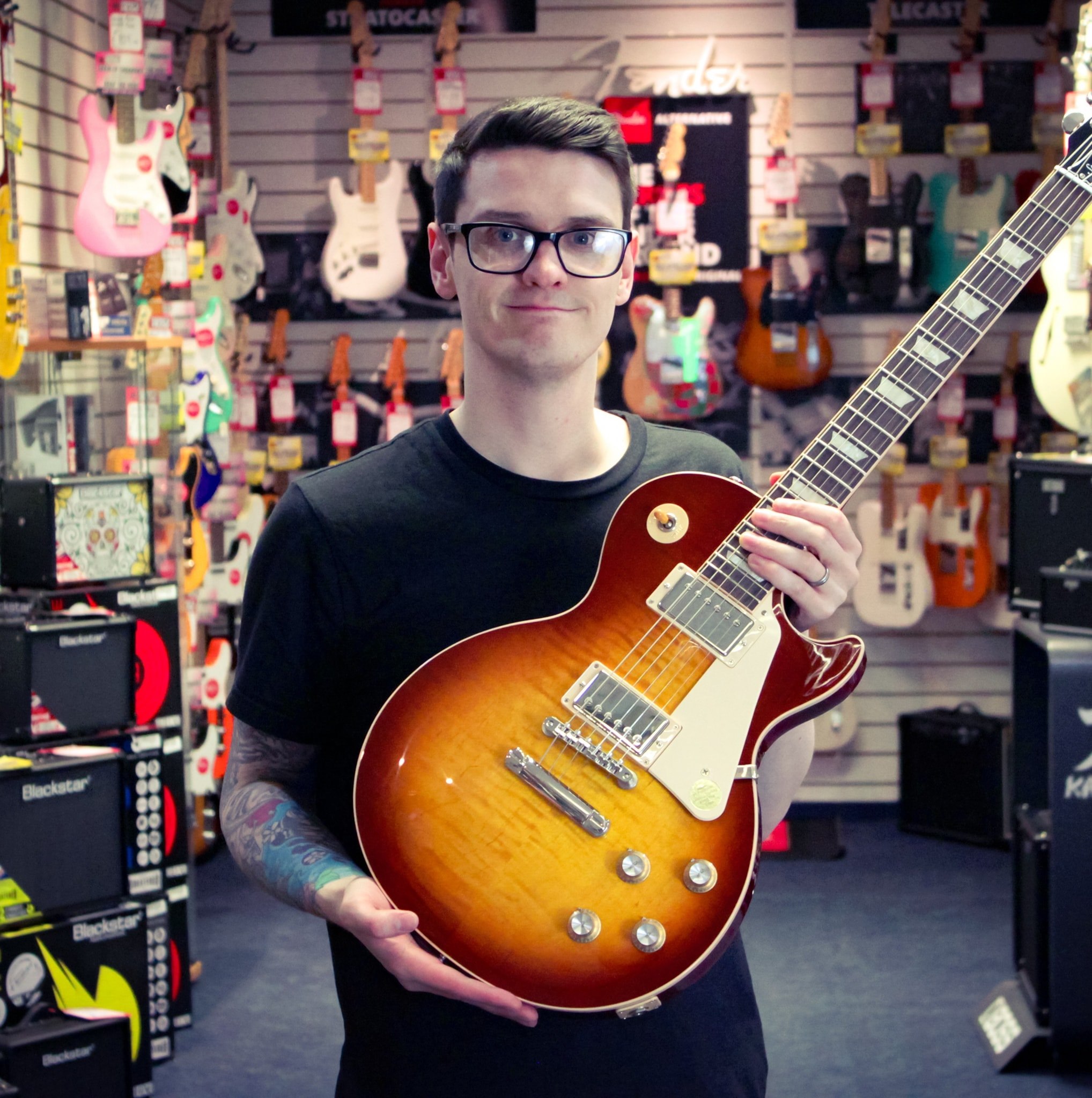
Daryl is a Senior Deals Writer at Guitar World, where he creates and maintains our 200+ buyer's guides, finds the best deals on guitar products, and tests the latest gear. His reviews have been featured in prominent publications like Total Guitar, Future Music magazine, and MusicRadar.com.
During his career, he has been lucky enough to talk to many of his musical heroes, having interviewed Slash and members of Sum 41, Foo Fighters, The Offspring, Feeder, Thrice, and more. In a past life, Daryl worked in music retail. For a little under a decade, he advised everyone from absolute beginners to seasoned pros on the right gear for their needs.
Daryl is also a fully qualified sound engineer, holding a first-class Bachelor's degree in Creative Sound Production from the University of Abertay.
“It holds its own purely as a playable guitar. It’s really cool for the traveling musician – you can bring it on a flight and it fits beneath the seat”: Why Steve Stevens put his name to a foldable guitar
“Finely tuned instruments with effortless playability and one of the best vibratos there is”: PRS Standard 24 Satin and S2 Standard 24 Satin review

![A black-and-white action shot of Sergeant Thunderhoof perform live: [from left] Mark Sayer, Dan Flitcroft, Jim Camp and Josh Gallop](https://cdn.mos.cms.futurecdn.net/am3UhJbsxAE239XRRZ8zC8.jpg)







